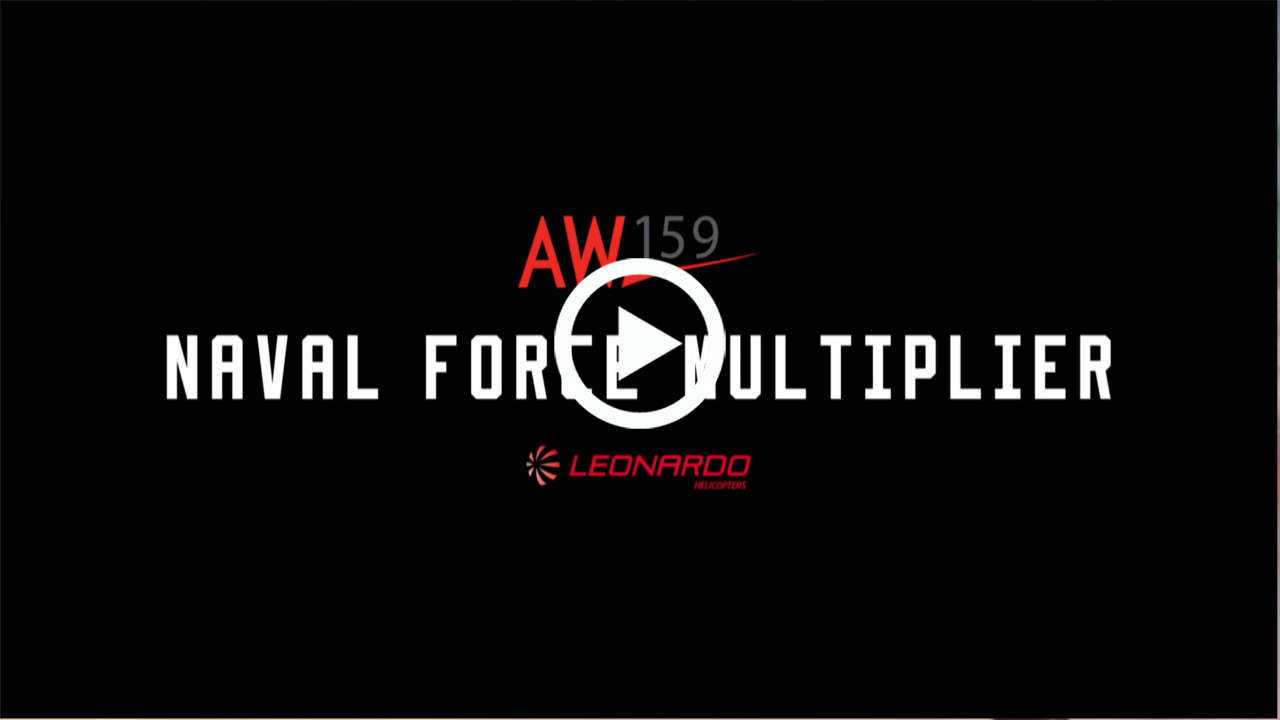Leonardo 07 September 2017
For hundreds of years, but more recently with the development of the global economy, the sea has been a major strategic channel for the transport of raw materials, goods and the exploitation of energy resources. The defence of maritime interests has, therefore, become a priority for many nations.
In this context, helicopters have proven to be one of the most effective assets to provide maritime security, thanks to their flexibility and ability to respond to the requirements of the various theatres of operation.
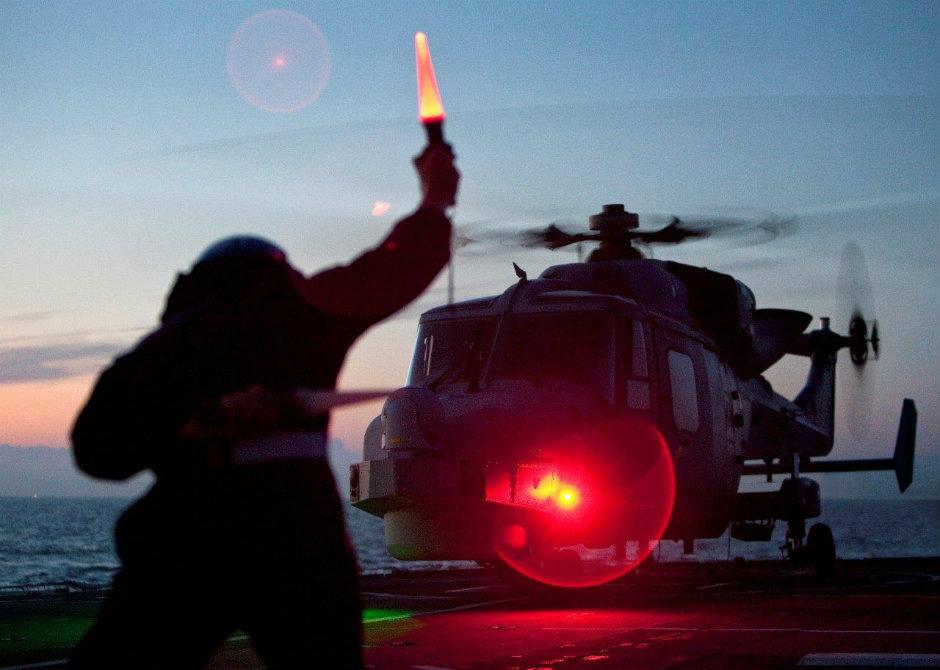
SEA OPERATIONS
Helicopters for naval applications frequently operate in particularly difficult and challenging environments; hence the need to design and build them as flexible multi-role platforms capable of performing a wide range of missions from coastal patrol to search and rescue (SAR), humanitarian support, counter-terrorism and piracy, anti-submarine and anti-surface warfare. They must be able to operate day and night in all weather conditions.
There are two main types of use for helicopters on naval missions: multirole and specialised. A significant portion of the global fleet is land-based and is employed for patrol, surveillance and SAR missions. Other helicopters are embarked on ships, often deployed at sea for long periods of time. This requires the presence on board of all the spare parts and the personnel to keep them operational. These helicopters must be able to operate safely from a ship’s flight deck, even in sea state 6 and in all weather conditions, having a sufficient payload for the mission sensors, defensive aids, weaponry and fuel needed to carry out the mission.
LEONARDO HELICOPTERS
Leonardo has a long and proud tradition designing and building naval helicopters and today offers a complete range of products with customised integrated systems that can meet the most demanding mission requirements.
Leonardo’s naval tradition goes back a long way, including historical models such as the Dragonfly and the Whirlwind, operational in the early 1950s, and the Wasp and the Wessex, which entered service in the 1960s. The AB47, AB204 and AB212 are also part of the history of helicopters that operated at sea. These were followed by the Lynx and Sea King.

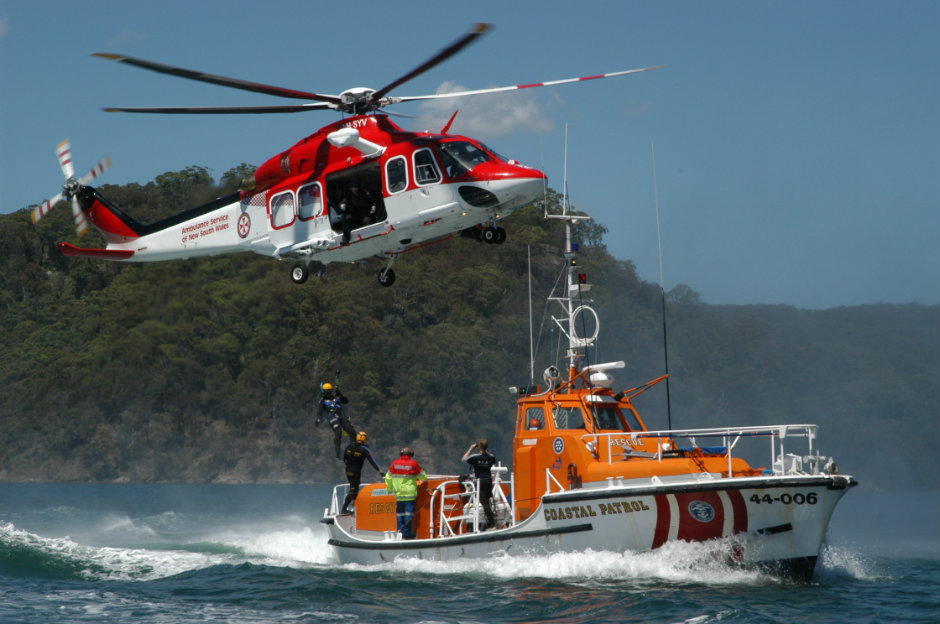
Today the AW159, AW101 and NH90 have entered service, designed specifically for naval operations from ships, while other commercial models, such as the AW109, AW139 and AW189, are experiencing growing success for a range of maritime roles.
The AW159 is a helicopter specifically designed for naval ship based missions, building on the experience of the Lynx and Super Lynx. The AW159 has a significantly greater payload than its predecessor, new engines, advanced sensors and communication and data management systems that make it an ideal naval platform to meet a variety of needs.
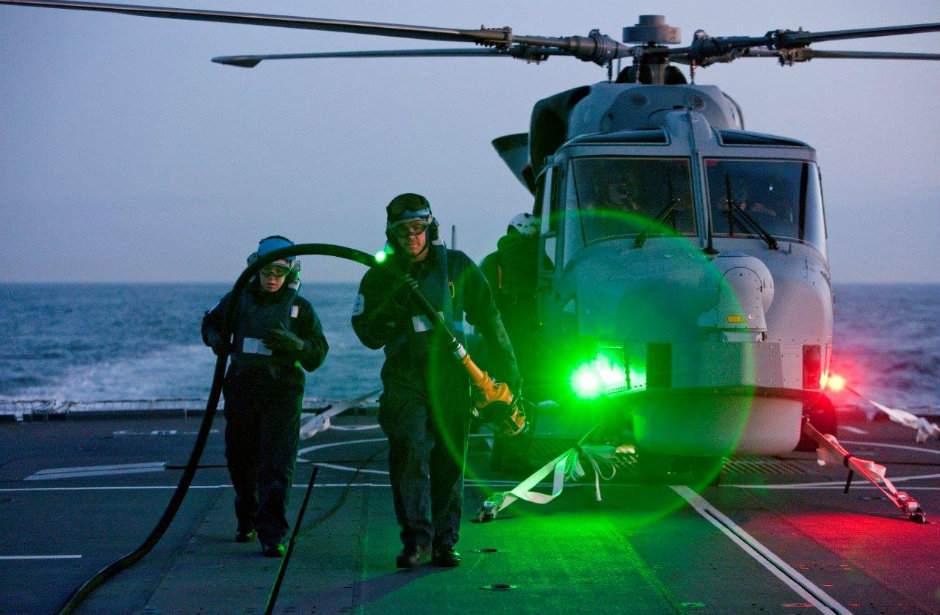
In 2017 Leonardo delivered the 62nd and final AW159 Wildcat helicopter to the UK Ministry of Defence. The Royal Navy aircraft are equipped to perform a wide range of roles including anti-submarine warfare, force protection and counter-piracy. It will also soon be able to carry out an anti-surface vessel role equipped with air-to-surface missiles. Leonardo delivers a comprehensive integrated operational support and training service that provides high aircraft availability.

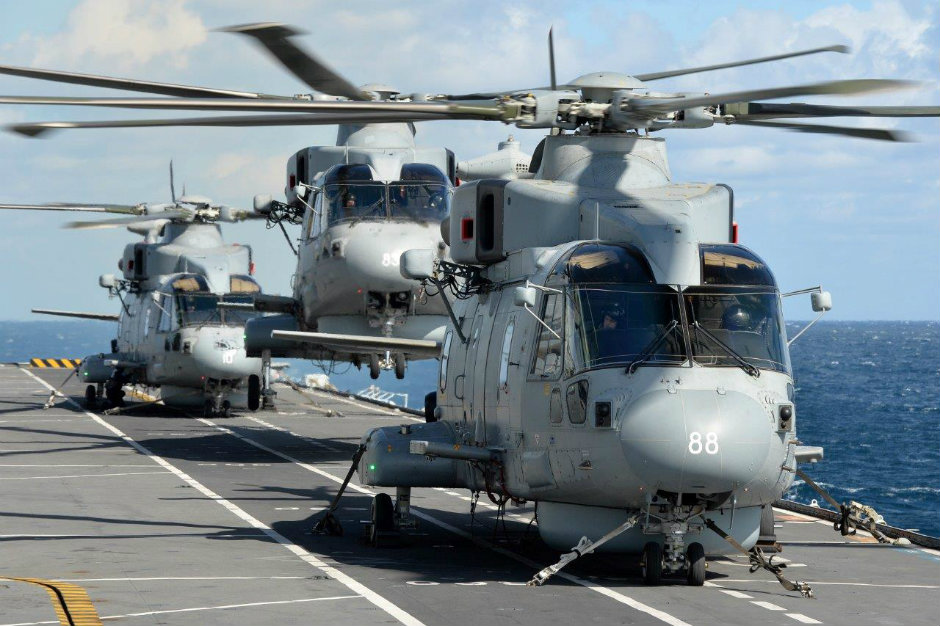
The AW101 is the most advanced multi-role naval helicopter currently available. Capable of operating in coordination with other naval units or autonomously, the AW101 is equipped with an integrated mission system used for anti-submarine, anti-ship missions, maritime surveillance, search and rescue, airborne mine countermeasures and amphibious transport. It can operate from small frigates or land bases.
In 2013 the Norwegian Air Force purchased 16 AW101 helicopters for search and rescue (SAR) with the first aircraft being delivered in 2017.
The AW101 Merlin Mk4 is the chosen helicopter of the Royal Navy Commando Helicopter Force taking on the demanding ship to shore operations of the Royal Marines. The Merlin Mk4, will further increase the capability of the Royal Marines by allowing them to operate more effectively at longer ranges whilst carrying more equipment.

The NH90 is available in two versions featuring the same basic standard configuration: NFH for naval uses and TTH for land-based applications. The NFH version is used for the detection, classification, identification and attack of submarines and surface targets both day and night. It is equipped with an electronic warfare system (EWS), night vision (FLIR), sonar buoys, dipping sonar, radar, anti-submarine weapons and anti-ship missiles.
The AW109 is a light twin-engine helicopter that can be equipped for a number of maritime missions, delivering significant capability at comparably low cost. Up to six people can be transported in the cabin or weapons fitted for maritime security roles. The AW109 can be operated from small ships.
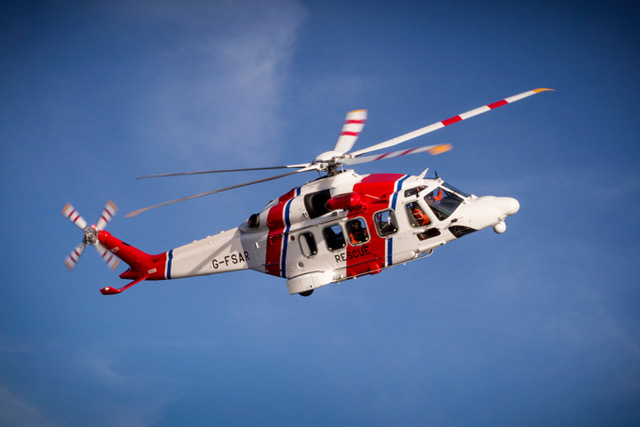
The AW139 and AW189 are commercial helicopters, both leaders in their weight class, designed to perform various maritime missions including SAR, maritime patrol and security. Today, there are more than 900 Leonardo helicopters being used for a wide range of maritime missions across the world from the Artic to the Antarctic and most places in-between.


